Action Biokinetic
The air in Leverkusen paints itself. HA Schult, 1969
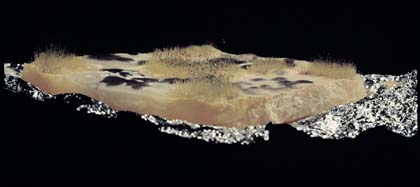
"The pure concept of Art would accordingly not have the perimeters of a definitely defined area, but rather would establish itself each time anew, in a momentary and fragile balance, which could more than be compared to the psychological balance of Ego and It. The process of repelling must be perpetually renewed. Every artwork is moment; every successful artwork is a balance, a momentary pause in the process, as it is revealed to the perservering eye, that lethargic organ, with this dynamic concept of art but he does not keep it at that."
He not only mobilizes the other human senses but uses them as channels, so to speak, through which he can directly influence every person, and move him or her to an examination or perhaps a correction of his or her intellectual and spiritual standpoints. Although he captured his 'biokinetic structures' in bewitchingly beautiful showcases, called the synthesis of his work methods - 'the demonstrative and the meditative' - by Eberhard Roters, his artistic actions almost always appealed to all the human senses. Klaus Honnef, 1989

Biokinetic Museum Morsbroich, Leverkusen, 1969

Biokinetic Museum Morsbroich, Leverkusen, 1969

Schult is successful in rather sensuously demonstrating the existence of these microorganisms, which constantly surround us and are both life threatening and essential, outside of the clean atmosphere of the laboratory placing them in areas that drive our thoughts away from familiar functionality into areas of an illusionary-aesthetic dimension. In all of Schult’s situations it is important that the impulse comes from objects that we are only used to seeing and understanding as expected. If we have seen them otherwise, we will then also be able to understand them differently in their mundane manifestation.
Pop Art brought objects of daily life into consciousness by accentuating, enlarging and isolating them in their aesthetic and socio-qualities. Schult makes processes visible. His bio-kinetic situation looks different each day. He raises our awareness; he expands our consciousness regarding objects and processes without taking away our freedom to choose between thinking and dreaming. He makes us more sensitive. He has to sacrifice his exhibition when its time has come to an end, so that it does not overgrow the castle and then…
Wolfgang Längsfeld, Süddeutsche Zeitung, 1969
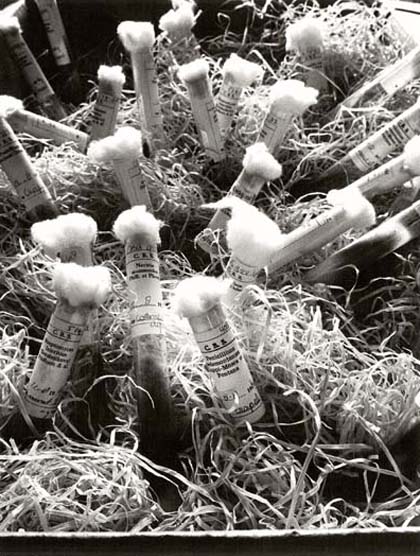
Biokinetic Museum Morsbroich, Leverkusen, 1969
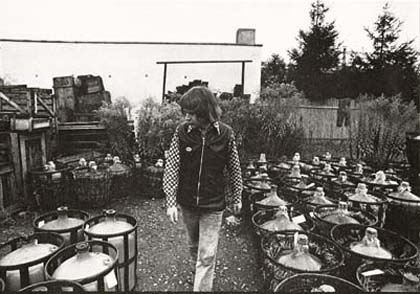
Biokinetic Museum Morsbroich, Leverkusen, 1969

Biokinetic Museum Morsbroich, Leverkusen, 1969

Biokinetic Museum Morsbroich, Leverkusen, 1969

Biokinetic Museum Morsbroich, Leverkusen, 1969

Biokinetic Museum Morsbroich, Leverkusen, 1969
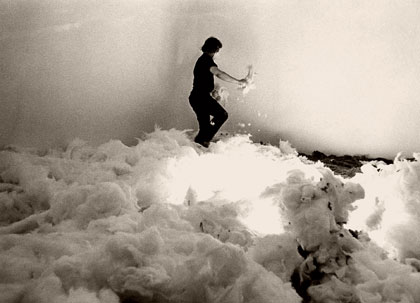
Biokinetic Museum Morsbroich, Leverkusen, 1969

Biokinetic Museum Morsbroich, Leverkusen, 1969
HA Schult, Elke Koska

Biokinetic Museum Morsbroich, HA Schult, Elke Koska,
Heiner Friedrich

Biokinetic Museum Morsbroich, Leverkusen, 1969

Biokinetic Museum Morsbroich, Leverkusen, 1969

Biokinetic Museum Morsbroich, Leverkusen, 1969

Biokinetic documenta 5, Kassel, 1972

Biokinetic documenta 5, Kassel, 1972

Biokinetic documenta 5, Kassel, 1972

Biokinetic documenta 5, Kassel, 1972

Biokinetic documenta 5, Kassel, 1972

Biokineticdocumenta 5, Kassel, 1972
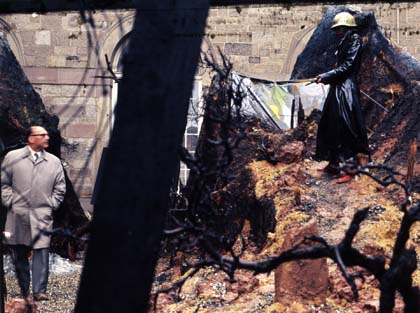
Biokinetic Landscape with Soldier documenta 5, Kassel, 1972

Biokineticdocumenta 5, Kassel, 1972
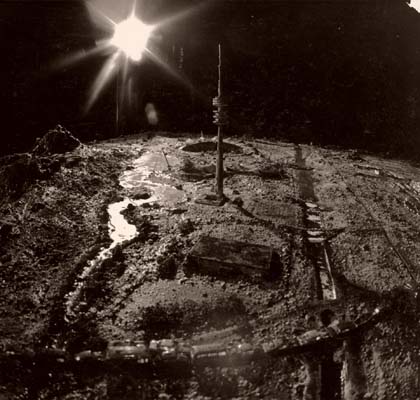
Biokinetic Landscape Olympia Munich, 1972 Collection Museum am Ostwall, Dortmund
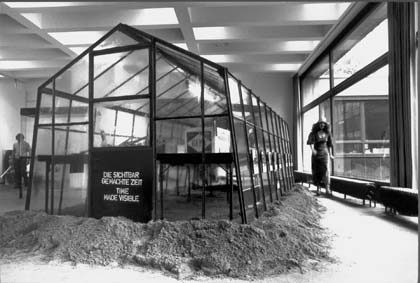
Time made visible Project 74, Kunsthalle Cologne, 1974

Biokinetic BILD Project 74, Kunsthalle Cologne, 1974
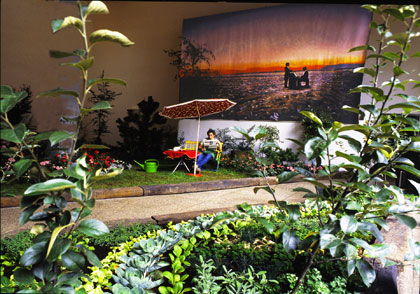
Biokinetic Garden Museum Ludwig, Cologne, 1980

Biokinetic Landscape Maghreb, Maroc, 1972

Landscape Maroc
Justus Dahinden, Hermann R. Grub, Domenig-Huth, Christo, HA Schult, Haus-Rucker-Co

